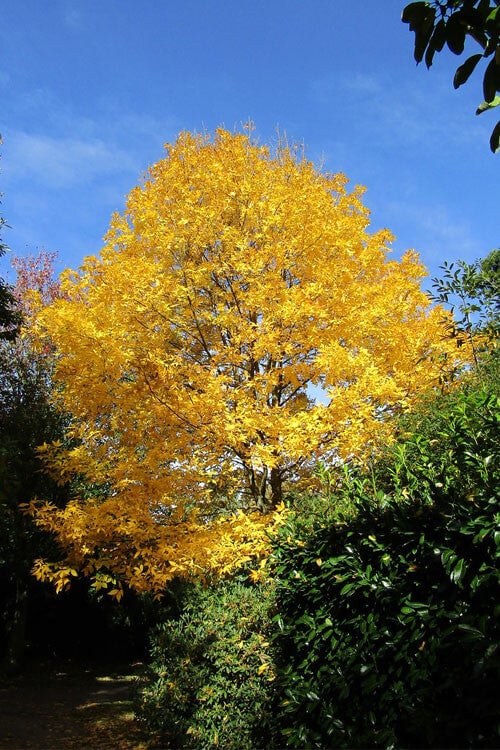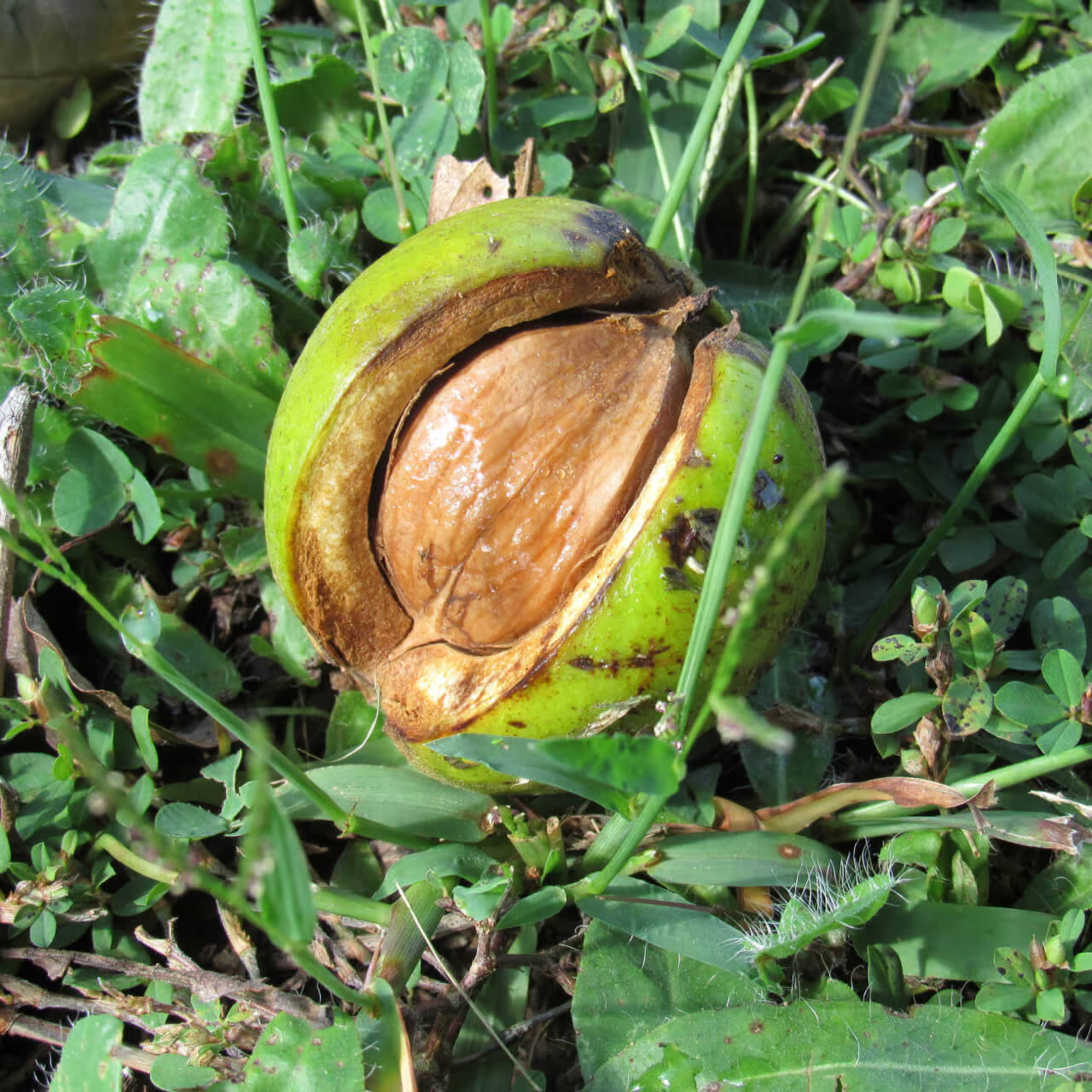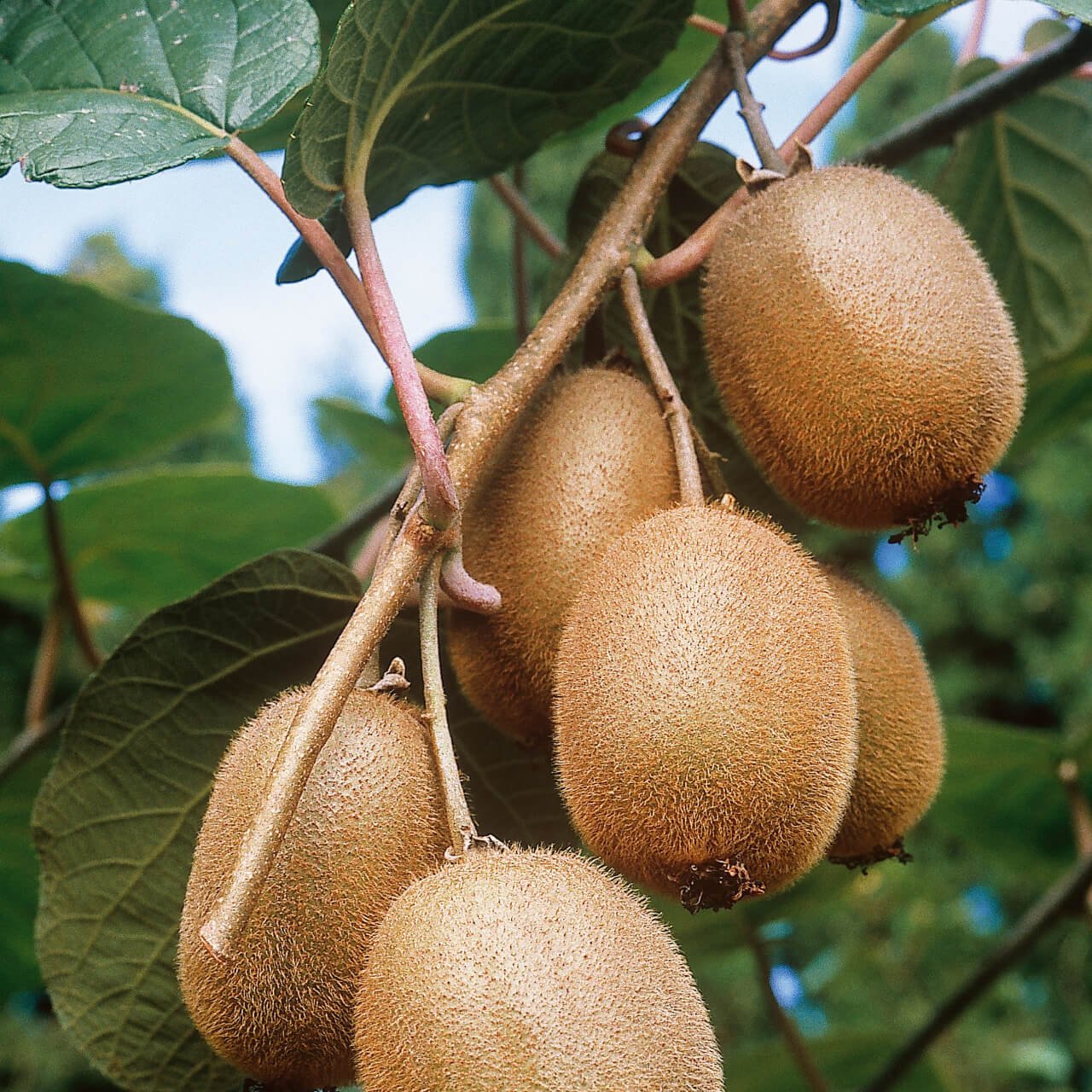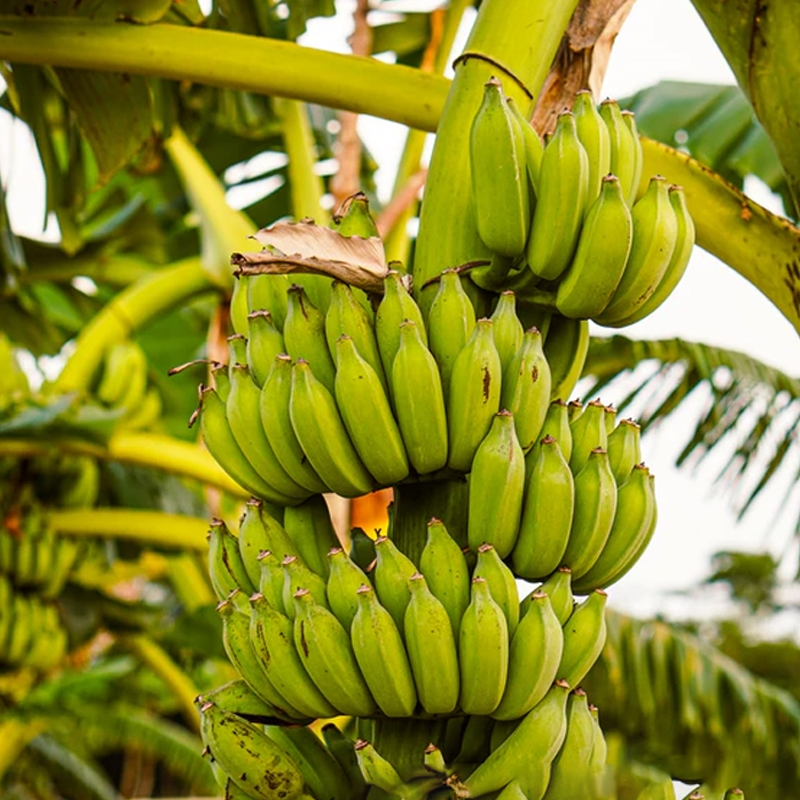



Hickory Tree
Provides valuable hardwood timber
Offers ample shade and beauty
Long-lived and resilient species
Thrives in
ZONE 4ZONE 5ZONE 6ZONE 7ZONE 8This plant ships:
Ships November–April within 10 business days after the order is placed.Hickory Tree - Carya
The Hickory Tree makes a large tree and is known for its compound leaves, distinctive shaggy bark, and the production of edible, hard-shelled nuts. It is a majestic and valuable tree that offers numerous benefits when used in landscaping projects. Native to North America, these trees have much to offer regarding aesthetic appeal, ecological contributions, and practical uses.
Hickory Tree Is The Most Beautiful Tree In The Woods
The tree is one of the most beautiful found in nature, and this ancient group of species also provides numerous benefits beyond its aesthetic ones.
It is a word derived from a similar one in the Algonquian languages, a Native American subfamily. The meaning of the original word, which may have been "poker chicory," is believed to be related to the nuts that they produce.
Hickory Tree Benefits
They are best known for their wood and nuts but offer so much more than those features. Of course, their aesthetic beauty is a significant benefit, much resulting from their elegant leaflets. They also possess a wonderful fragrance. In addition, those nuts help sustain numerous types of wildlife and stabilize the soil in their vicinity.
The scientific name of this natural wonder is the genus Carya, which consists of about 18 species, up to 12 of which are native to North America.
It is a deciduous hardwood tree that sheds its leaves every winter and generally takes longer to grow than softwood. Its broad, larger leaves usually consist of 3-17 serrated leaflets, typically green or yellow, transitioning from the former to the latter in the fall.
The height at maturity will usually range from 20-130 feet, depending on the specific species, while its bark is brown or dark grey and contains ridges in areas away from the trunk.
History Of The The Tree
Fossils related to them date back more than 65 million years in areas in the United States and Mexico. They later appeared in Europe, but ice age conditions seemed to have eradicated them before they returned. Today, this type of greenery is native to all of those areas, including Canada, East Asia, and India, while it may be found today throughout the world.
One of Hickory Tree's most fascinating historical uses was baseball bats. They used to be primarily made from the type of wood. The main reason this was the case in the sport's early days, up until around 1940, was how durable they made the bats.
This Is How Your Plants Will Look upon Delivery

Height at Maturity
Over 25 Feet
Care
Hickory trees thrive in well-drained soil and need regular watering during dry spells. Trim them in late winter to maintain the build and clear dead or diseased branches. Protect young trees from pests and diseases for healthy growth.
Plant Reproduction
Hickory trees spread via nuts, wind, animals, and root suckers.
Plant bare root trees during the dormant season in early spring or late fall (November through April). Dig the hole twice as wide as the roots so the soil is well-drained. Position the tree so the root flare is at or just above ground level. Fill the hole back with the soil you dug from and water. Maintain soil moisture, especially in the tree's early years, by providing deep, regular watering. Apply a 2-4 inch mulch away from the trunk at the base to retain moisture and suppress weeds. Prune trees during the first few seasons to establish strength and resilience, remove damaged branches, and continue maintenance pruning as the tree matures. Regularly inspect for pests and diseases and apply integrated pest management practices. Protect young trees from mechanical damage and extreme temperatures with tree guards, and stake them if necessary for support, removing the stakes after one or two years.
Shipping date depends on the date displayed and chosen when you order from the product's page.
We only accept returns on plants verified dead. If you think your plants have died, we offer a 1 year warranty, please use this File a Claim Link to verify dead plants and start with return warranty process.






Hickory Tree
This plant ships:
Ships November–April within 10 business days after the order is placed.
Edible Nuts:
Some varieties produce flavorful hickory nuts that can be enjoyed in recipes or harvested for their rich taste.
Durable and Long-Lived:
Hickory Trees are known for their strength and longevity, making them a lasting addition to any garden.
Distinctive Bark:
The rugged, textured bark of the Hickory Tree adds unique visual interest and character to your landscape.
Wildlife Friendly:
The Hickory Tree attracts wildlife, including birds and squirrels, enriching the natural ecosystem in your garden.
Caring Tips
How do I care for my Hickory Tree?
Each box contains detailed care instructions and information about your product. But here's the basics.
Care Tips
Hickory trees thrive in well-drained soil and need regular watering during dry spells. Trim them in late winter to maintain the build and clear dead or diseased branches. Protect young trees from pests and diseases for healthy growth.
Light Requirements
Hickory trees thrive in full sun to partial shade. They like 6 hours of direct sun daily but can tolerate some shade. Full sun conditions promote robust growth and strong, healthy foliage.
Hardy Planting Zones
4 • 5 • 6 • 7 • 8
Header
Use this content to share information about your store and products.
Frequently Asked Questions
How often should I water my plants?
How do I know if my plant is getting too much or too little sunlight?
What should I do to prepare my plants for winter?
What are the signs that my plant needs fertilizing?
How can I prevent pests from damaging my plants?
How do I choose the right plant for my climate zone?






